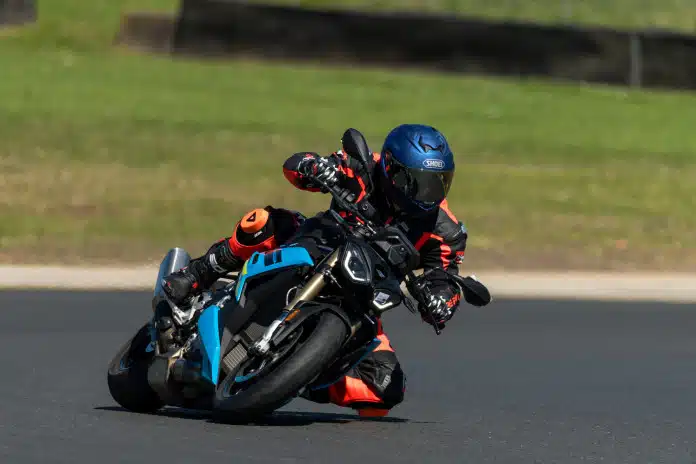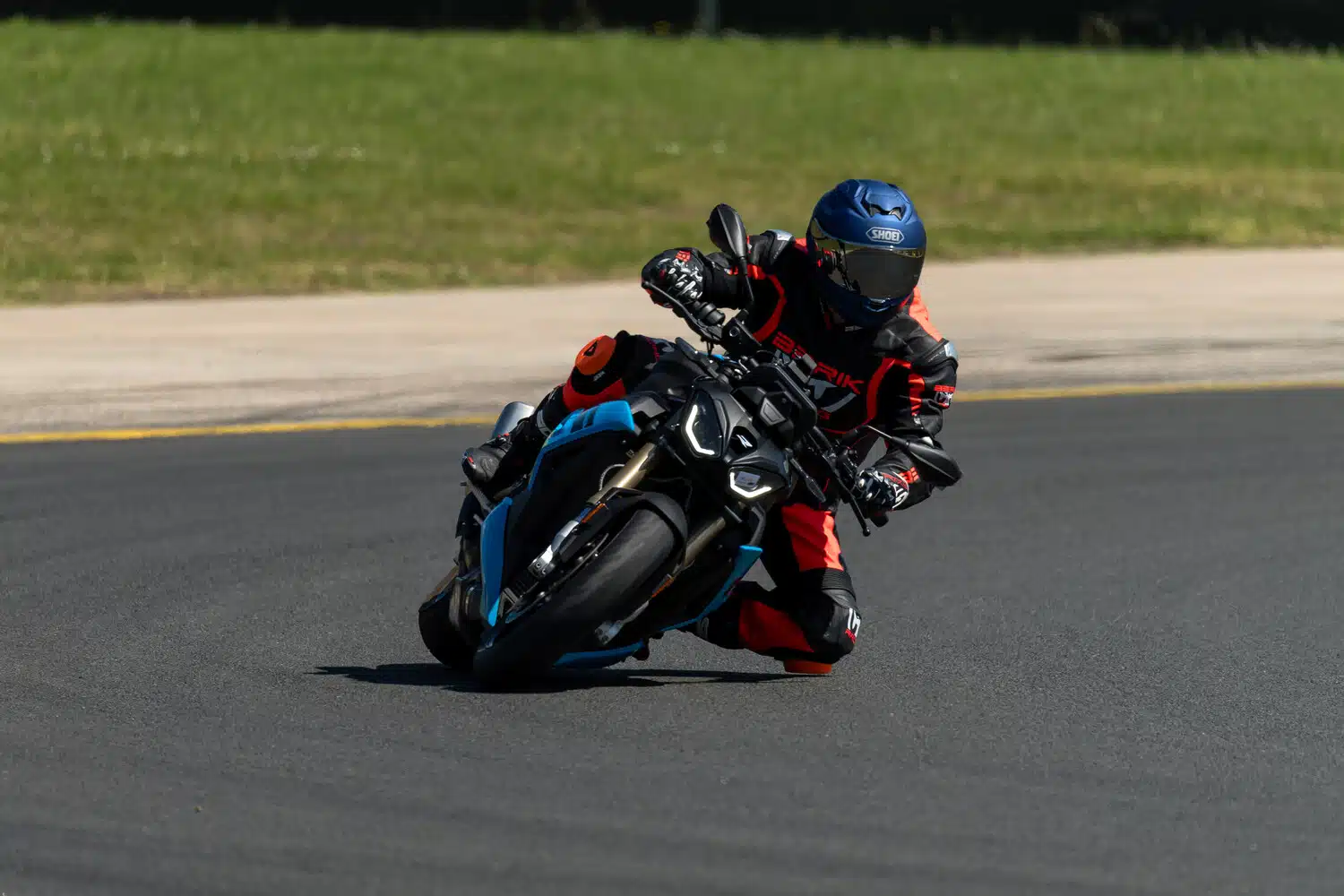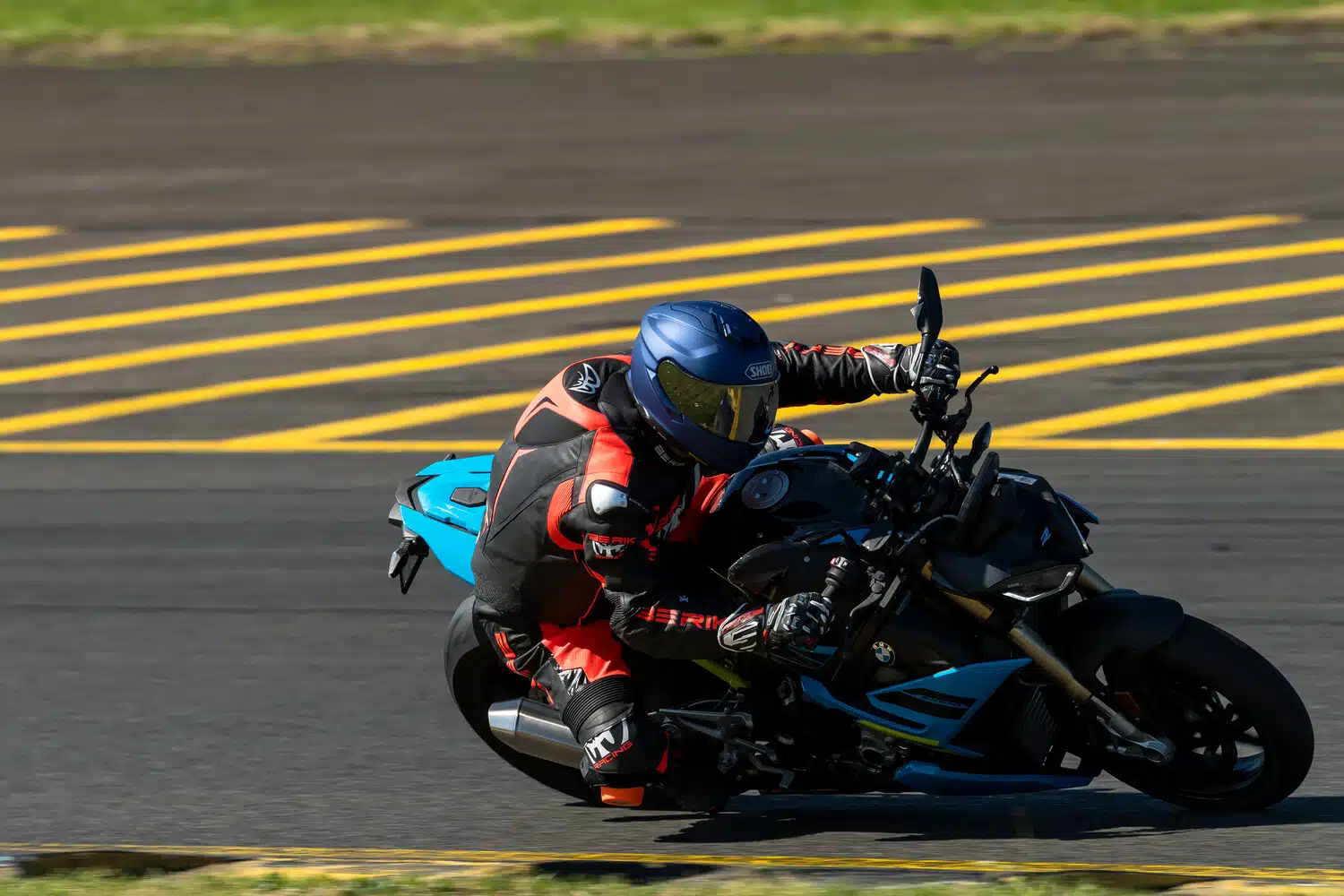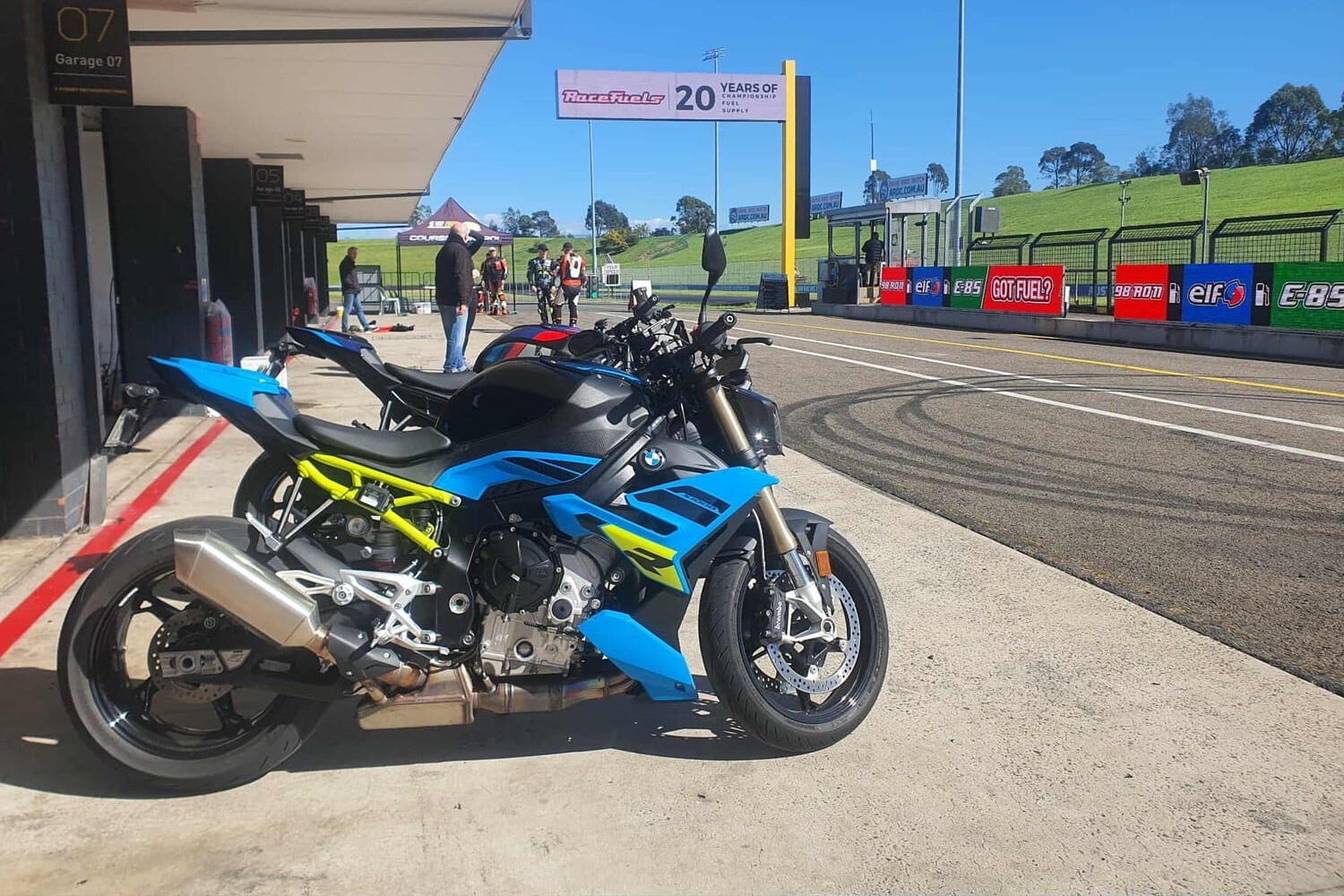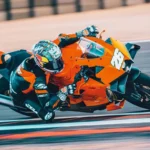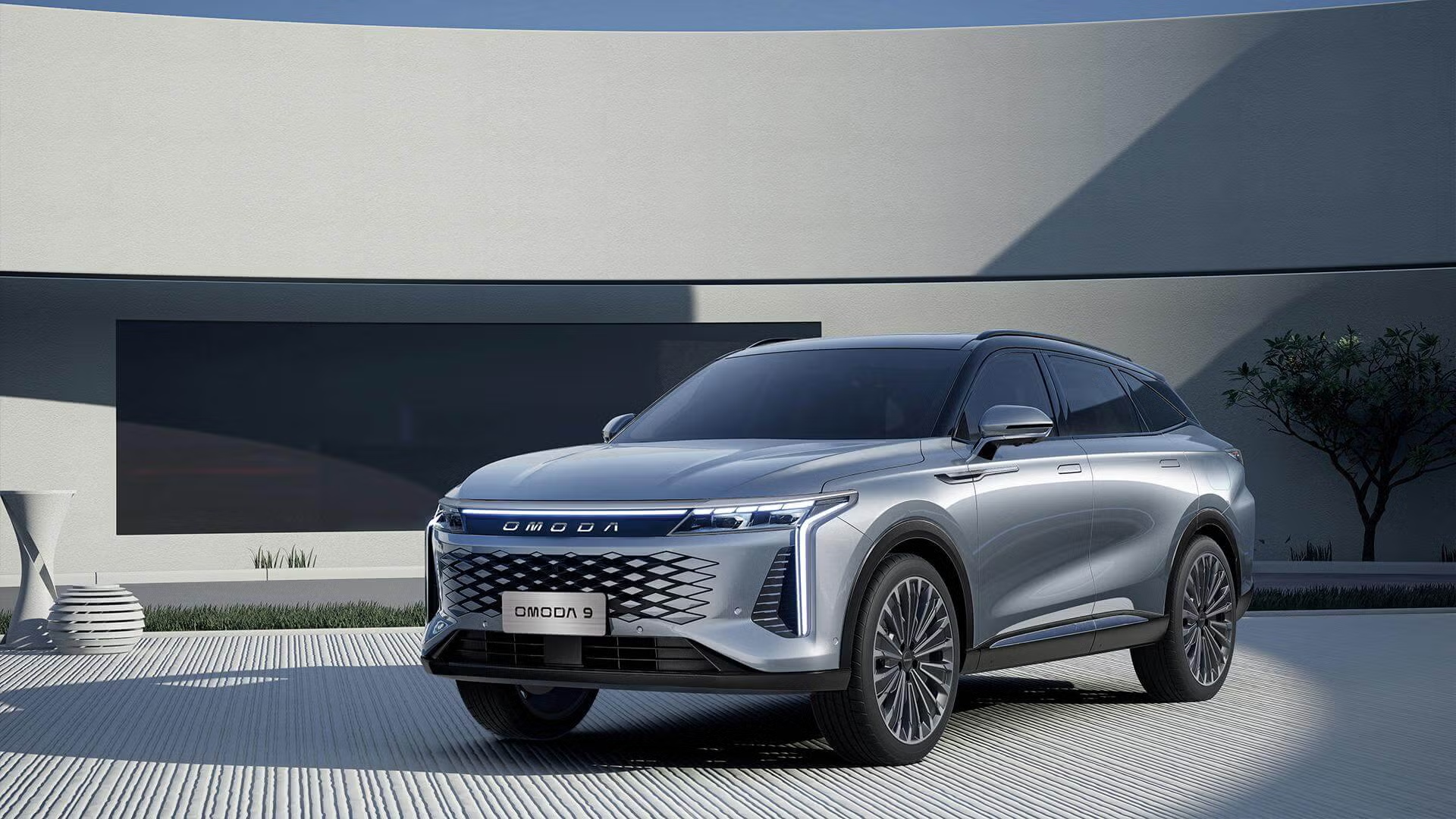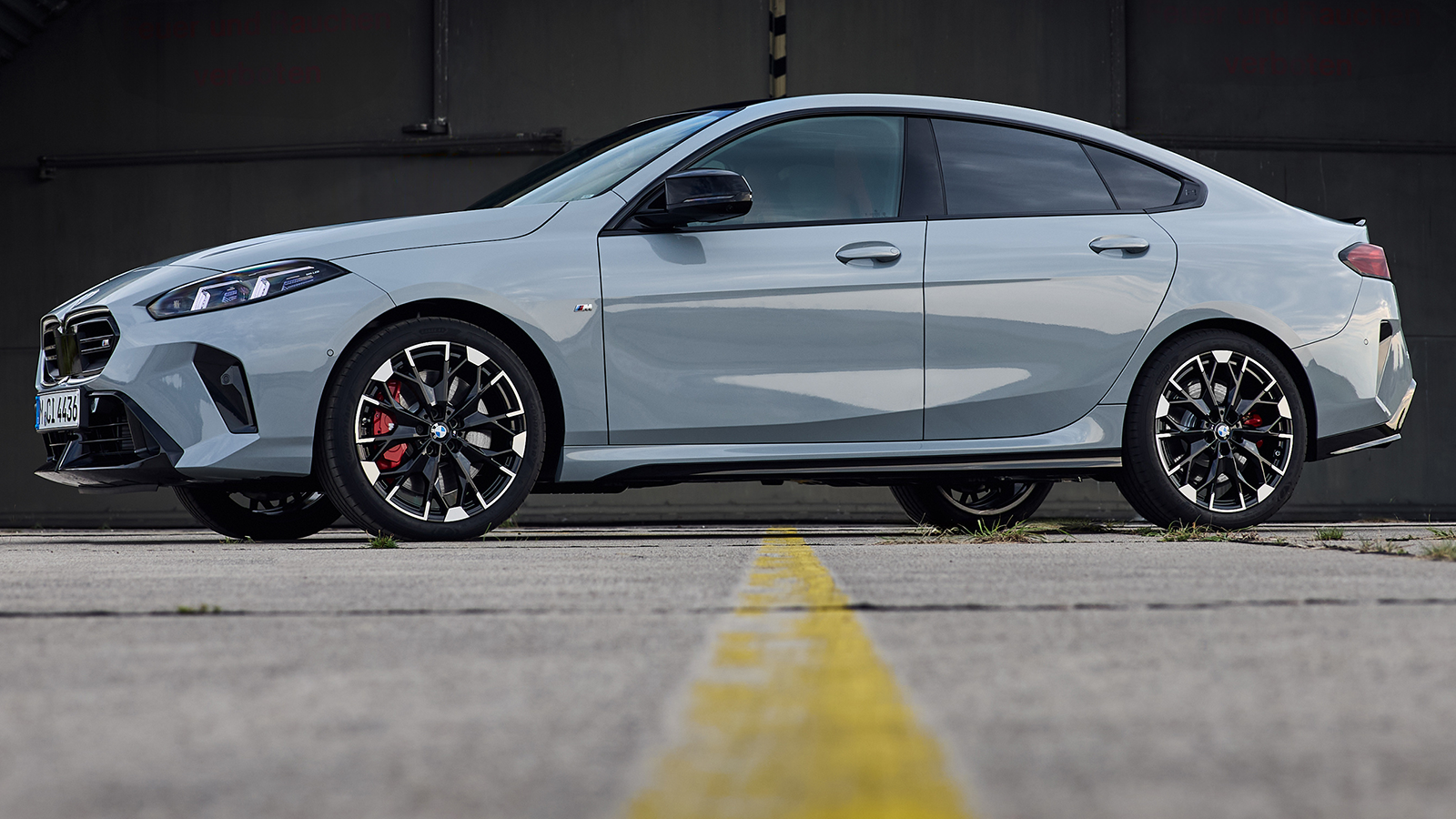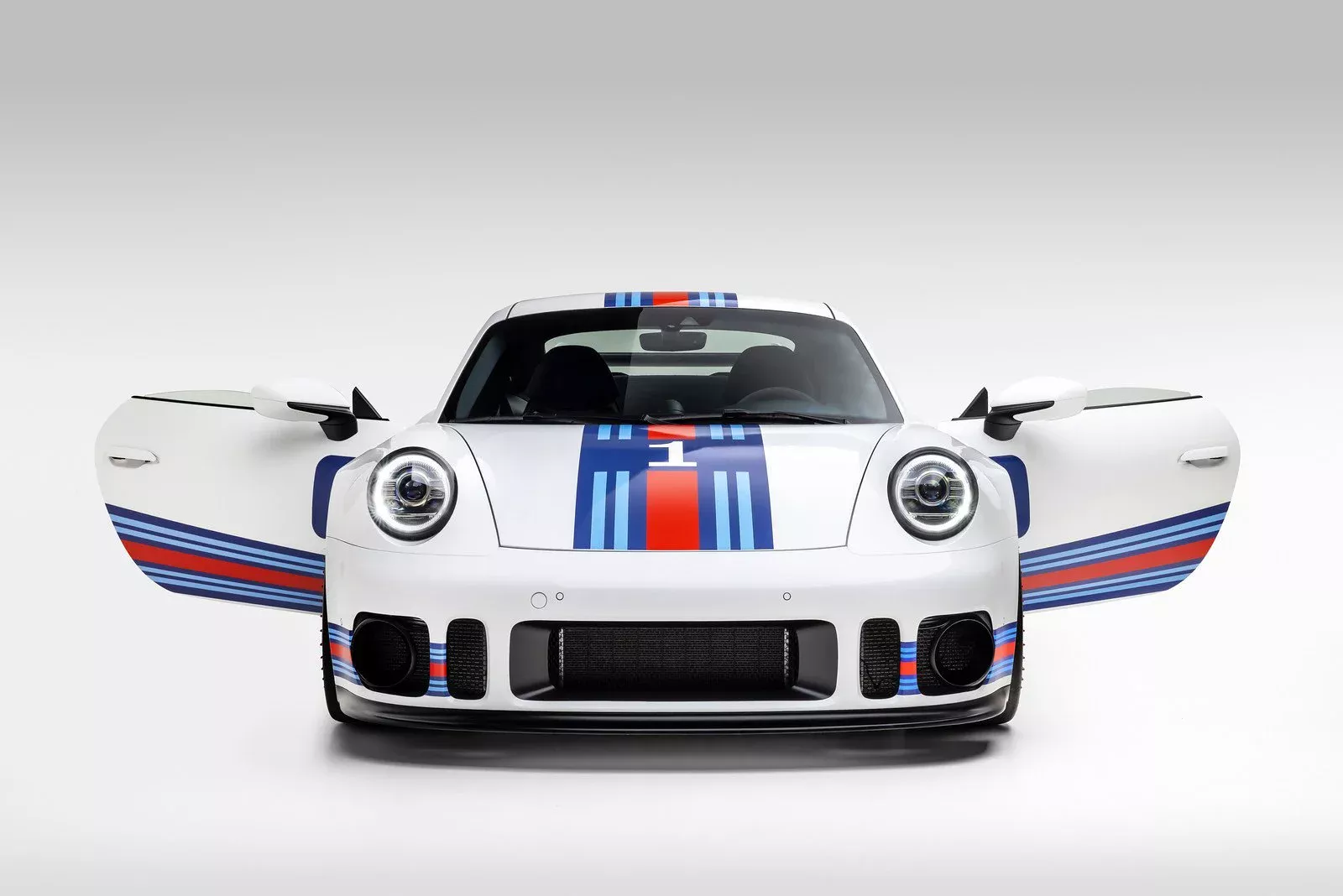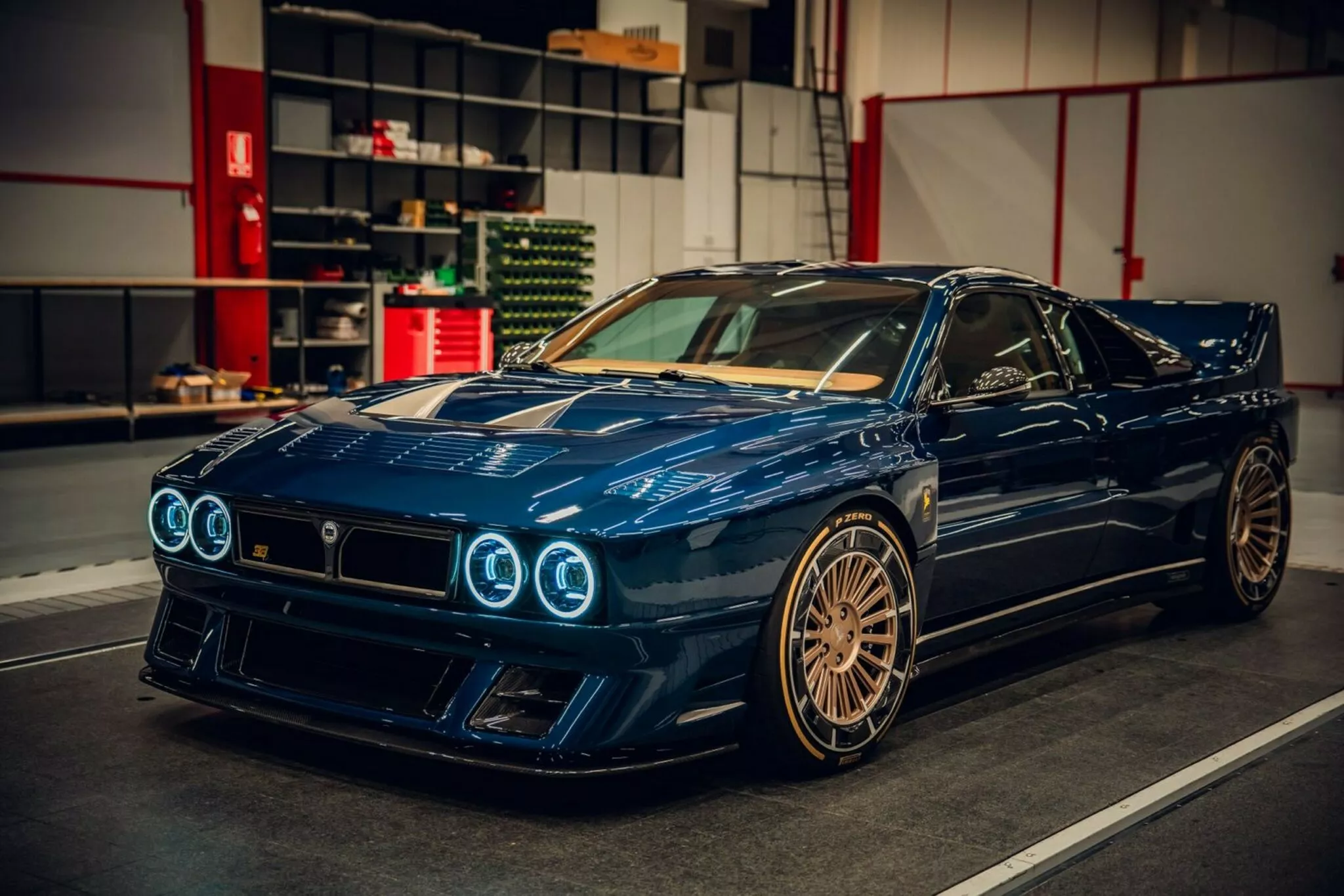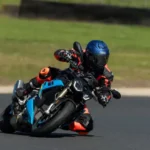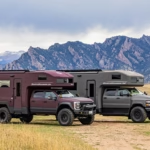BMW S 1000 R Race 2025: Track Day Chaos When You Forget to Turn Wheelie Control Back On
There’s something satisfying about throwing a naked bike around a racetrack—no fairings to worry about damaging, simpler aesthetics, and the visceral experience of wind trying to rip your head off past 200 km/h. BMW’s S 1000 R got refreshed for 2025 with new styling, additional color options, and some mechanical tweaks. We grabbed the Race edition in its eye-searing Bluefire/Mugiallo Yellow livery and headed to Sydney Motorsport Park to see how it handles when you’re pushing hard.
What’s Actually New
BMW didn’t reinvent the wheel here. The 2025 updates focus on appearance and refinement rather than wholesale changes. Up front, there’s a redesigned headlight assembly that looks more aggressive than before. The radiator cowling got revised too, along with updated rear bodywork. The Bluefire/Mugiallo Yellow color scheme on our test bike certainly makes a statement—you won’t lose this thing in a parking lot.
Beyond cosmetics, BMW made some powertrain adjustments. Power climbs slightly over the previous generation (though BMW’s not shouting exact figures from the rooftops), and they’ve added a quick-action throttle that reduces rotation angle by 14 degrees. That means less wrist movement between idle and wide-open throttle, which matters more on track than you’d think.
The 999cc inline-four now pumps out 125 kW (roughly 168 horsepower) and 114 Nm of torque. Against a claimed wet weight of 196 kg, that’s enough to get into trouble quickly if you’re not paying attention.
Track Day: When Being Late Has Consequences
Sydney Motorsport Park greeted us with ideal conditions—clear skies, mild temperatures, the kind of day that makes you grateful you ride motorcycles. After rushing through pre-ride prep (always a mistake), I grabbed the bright blue S 1000 R Race for the first session.
Here’s where things got interesting. In my hurry, I flipped the bike into Dynamic Pro mode without properly checking settings. Dynamic Pro is BMW’s “you’re on your own” mode that turns off wheelie control among other interventions. This fact became abundantly clear exiting turn five with a fistful of throttle.
The front wheel came up, stayed up, and required immediate attention to keep things pointing in the right direction while still trying to maximize drive. Same thing happened exiting turn nine. And again launching onto the main straight. Every hard acceleration zone became a wheelie management exercise rather than pure speed.
Now, you might think this sounds terrifying. It wasn’t—it was hilariously fun. The S 1000 R telegraphs everything it’s doing clearly enough that you can react and adjust. But it definitely wasn’t optimal for fast lap times, and once I figured out what I’d done, some quick menu navigation between sessions sorted things out.
The Riding Modes Breakdown
BMW offers four ride modes on the S 1000 R: Rain, Road, Dynamic, and Dynamic Pro. Each adjusts throttle mapping, ABS intervention, traction control sensitivity, and wheelie control levels.
Rain mode dulls throttle response and maximizes electronic intervention—useful for genuinely bad weather or unfamiliar roads where you want maximum safety margin. Road mode offers moderate intervention with more responsive throttle, suitable for most street riding.
Dynamic tightens things up with quicker throttle response and reduced electronic interference. Dynamic Pro—the one I accidentally enabled—lets you customize nearly everything. Want wheelie control off but traction control on? You can do that. Want to adjust TC intervention levels across multiple stages? Go for it.
All this information displays through BMW’s 6.5-inch TFT screen, navigated via a “wonder wheel” controller on the left handlebar. The interface takes some getting used to, but once familiar, it’s reasonably intuitive for making on-the-fly adjustments.
That Inline-Four: Where the Magic Happens
The S 1000 R’s 999cc inline-four engine is borrowed from BMW’s superbike lineage, and it shows. Below 6,000 rpm, power delivery is strong but controllable. Cross that threshold and the character changes completely—the engine pulls harder, the exhaust note transforms into something symphonic, and you’re suddenly very motivated to keep climbing toward redline.
The quick shifter works brilliantly on upshifts when you’re accelerating hard. Clutchless shifts happen almost instantaneously with minimal interruption to drive. Downshifts work reasonably well too, though not quite as seamlessly as upshifts—there’s occasionally a slight hesitation you can feel through the bike.
That six-speed gearbox ratios feel well-chosen for track work. You’re not constantly hunting for gears in the middle of corner complexes, and top gear has enough legs to stretch down the main straight without running out of revs too early.
The quick-action throttle makes a noticeable difference. That 14-degree reduction in rotation angle means you’re not rolling your wrist as far to go from part throttle to full throttle. On track, this translates to quicker throttle blips for downshifts and smoother application of power exiting corners.
Wind Blast: The Naked Bike Tax
Here’s something nobody warns you about until you experience it: riding a naked bike at sustained high speeds is physically exhausting in a way faired bikes aren’t. Past 200 km/h down the main straight, wind pressure against your chest and helmet is substantial. You’re constantly fighting to stay tucked and maintain position.
This isn’t a criticism of the S 1000 R specifically—it’s just physics. No fairing means no wind protection. On street rides at legal speeds, it’s fine. On track where you’re hitting higher velocities for extended periods, it becomes a genuine factor in how long you can maintain concentration.
Your arms and core get a workout holding on and staying tight against the bike. By the end of a full track day, you’ll definitely feel it.
Handling and Chassis Balance
Despite being a naked bike without the aerodynamic assistance fairings provide, the S 1000 R handles exceptionally well. Turn-in is sharp and predictable. The bike tips into corners eagerly without feeling nervous or twitchy. Mid-corner stability is excellent, with the chassis tracking cleanly through sweepers and tight sections alike.
The upside-down 45mm telescopic fork up front is electronically adjustable, and BMW’s presets work well out of the box. Suspension compliance handles Sydney Motorsport Park’s bumps and camber changes without upsetting the chassis or causing the tires to break traction unexpectedly.
Weight distribution feels neutral, neither pushing the front excessively nor wanting to step the rear out. This balance makes the bike confidence-inspiring—you trust it to do what you ask without surprise drama.
Ergonomics lean aggressive. The 830mm seat height is manageable for most riders, but the footpeg positioning is notably higher and further rearward than typical naked bikes. This creates a more forward-leaning, sportbike-like riding position. On track, it’s perfect. For street commuting or long-distance touring, it might get tiring.
Brakes: Brembo Doing Brembo Things
Stopping duties fall to dual 320mm discs up front clamped by four-piston Brembo calipers. These are proper, confidence-inspiring brakes that offer excellent feel and modulation. You can brake hard and late without drama, and the feedback through the lever lets you precisely meter brake pressure.
The rear 220mm single disc with single-piston caliper does its job adequately. On track, you’re predominantly using the front brake anyway, with the rear playing a supporting role for stability under hard deceleration.
BMW’s ABS system allows you to adjust intervention levels based on riding mode. In Dynamic Pro with reduced intervention, you can really lean on the brakes hard without the system stepping in prematurely. This is exactly what you want on track—safety backup that doesn’t interfere with aggressive riding.
The Race Edition Package
Our test bike wore BMW’s Race specification, which adds several features over the base S 1000 R:
-
Dynamic ESA (Electronic Suspension Adjustment) for electronic damping control
-
Full LED lighting
-
Heated grips (not particularly useful on track but nice for street riding)
-
Cruise control (again, track irrelevant but handy on road)
-
HP Carbon fiber wheels (lighter unsprung weight improves handling response)
-
M Package with winglets (providing some downforce at speed)
These additions push the price up considerably, but the carbon wheels alone make meaningful difference in how quickly the bike changes direction and how suspension reacts to bumps.
Real Talk: Street vs Track
The S 1000 R Race is genuinely capable on track, which we just demonstrated. But it’s worth remembering this is ultimately a naked streetbike, not a purpose-built track weapon. Compared to the S 1000 RR superbike, the S 1000 R gives up aerodynamic efficiency, some power, and more aggressive geometry.
On street, those compromises become advantages. The more upright riding position is comfortable for daily use. The slightly mellower power delivery is easier to manage in traffic and on public roads. The naked styling is distinctive and attracts attention in good ways.
For track day enthusiasts who also want a capable street bike, the S 1000 R Race hits a sweet spot. It’s fast enough to be exciting and capable enough to be confidence-inspiring on track, while remaining civilized enough for actual riding between track days.
The Value Proposition
At approximately $32,600 ride-away for the Race edition, the S 1000 R isn’t cheap. You’re paying premium pricing for BMW’s engineering, build quality, and feature set. That buys you a comprehensive warranty (five years, unlimited kilometers), sophisticated electronics, quality components throughout, and BMW’s dealer network support.
Optional service packs are available to prepay maintenance at discounted rates, which makes ongoing ownership costs more predictable. Given BMW’s reputation for expensive parts and service, this might be worth considering.
Competitors in this space include Ducati’s Streetfighter V2 and V4, Aprilia’s Tuono V4, and Triumph’s Speed Triple 1200 RS. Each brings different character and priorities. The BMW’s strength is its balance—not the most powerful, not the lightest, not the most exotic, but exceptionally well-rounded and competent at everything.
Final Thoughts
Track days reveal a bike’s true character better than any street ride. The 2025 BMW S 1000 R Race proved itself capable, predictable, and—most importantly—fun. Yes, I accidentally turned wheelie control off and yes, that made the first session more exciting than planned, but that kind of honest, mechanical connection is why we ride.
The refreshed styling looks good, especially in the loud Bluefire/Mugiallo Yellow scheme. The minor power bump and quick-action throttle are welcome refinements. The chassis balance and brake feel inspire confidence to push harder.
Is it the ultimate track weapon? No, but it was never meant to be. It’s a street-oriented naked bike that happens to be completely at home on track days too. That versatility is precisely its appeal.
